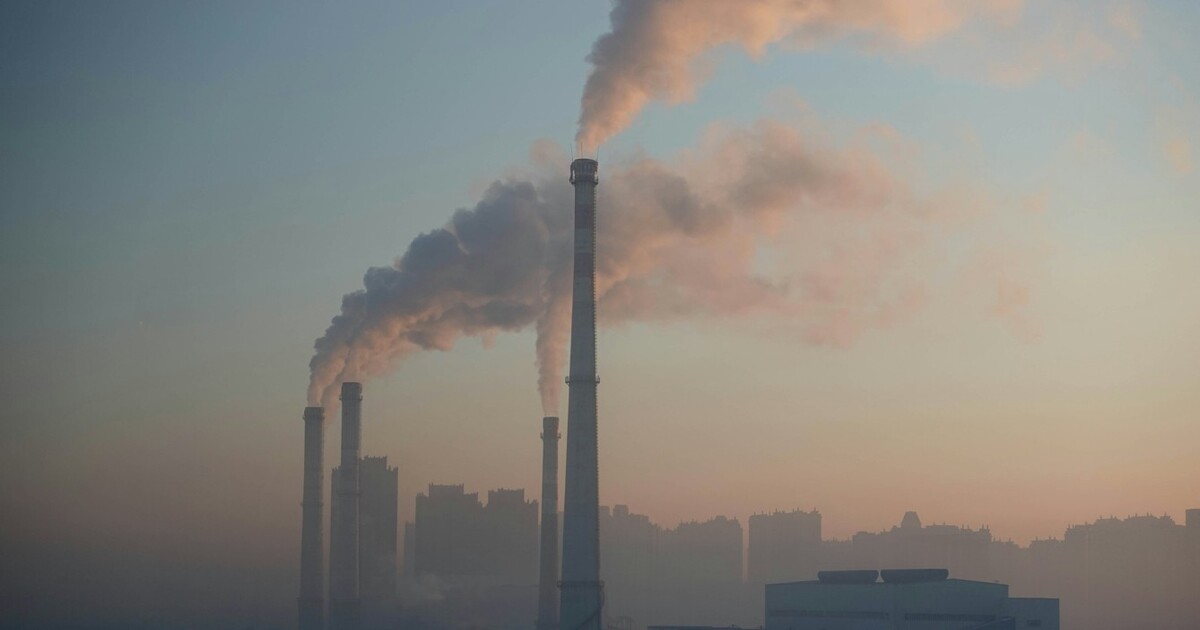The Troubled Global Energy Transition
Getting to “net-zero emissions” by 2050 seems further away as 2050 grows closer.
July 2, 2025

The sheer scale of decarbonizing the current $115 trillion-plus world economy will continue to grow.
Countries representing about 45% of global emissions — which notably include China and India, two of the three top-emitting countries — never even signed up to a 2050 target.
Rather, they have pushed out their net-zero ambitions to 2060 or 2070.
Despite all the efforts on renewable energy, between 2022 and 2023, the latest years for which we have data, the world’s dependence on conventional energy — oil, natural gas and coal — declined by less than 0.5% — from 81.9% to 81.5%.
At the 2024 UN climate conference in Baku, Azerbaijan, the global investment required to achieve net-zero by 2050 was estimated to be $6.5 trillion per year between now and 2030 — reaching as much as $8 trillion by 2035.
That would translate into about 5% of global GDP devoted to achieving the 2050 goals.
However, the developing world does not have the economic wherewithal to put 5% of its GDP into climate investment.
To compensate for that shortfall, the ability of other countries to devote 10% of their GDP to climate investment seems very limited.
European nations are struggling to increase defense spending and, at the same time, regain global economic competitiveness. Meanwhile, the United States is preoccupied with a $37 trillion debt for which interest payments now outpace defense spending.
Moreover, there is a very real danger of “greenlash,” i.e., the growing support for populist parties in Europe that oppose green initiatives — in addition to immigration.
Sources: Energy Institute, European Council on Foreign Relations, U.S. House Committee on Financial Services, The Times, House of Lords Library
Takeaways
Getting to “net-zero emissions” by 2050 seems further away as 2050 grows closer.
The sheer scale of decarbonizing the current $115 trillion-plus world economy will continue to grow.
The global investment required to achieve net-zero by 2050 is estimated to be $6.5 trillion per year between now and 2030 — reaching as much as $8 trillion by 2035.
Despite all the efforts on renewable energy, between 2022 and 2023, the world’s dependence on conventional energy — oil, natural gas and coal — declined by less than 0.5% — from 81.9% to 81.5%.
Author
The Globalist
Read previous

Global Security
Welcome to the Gray War
July 1, 2025